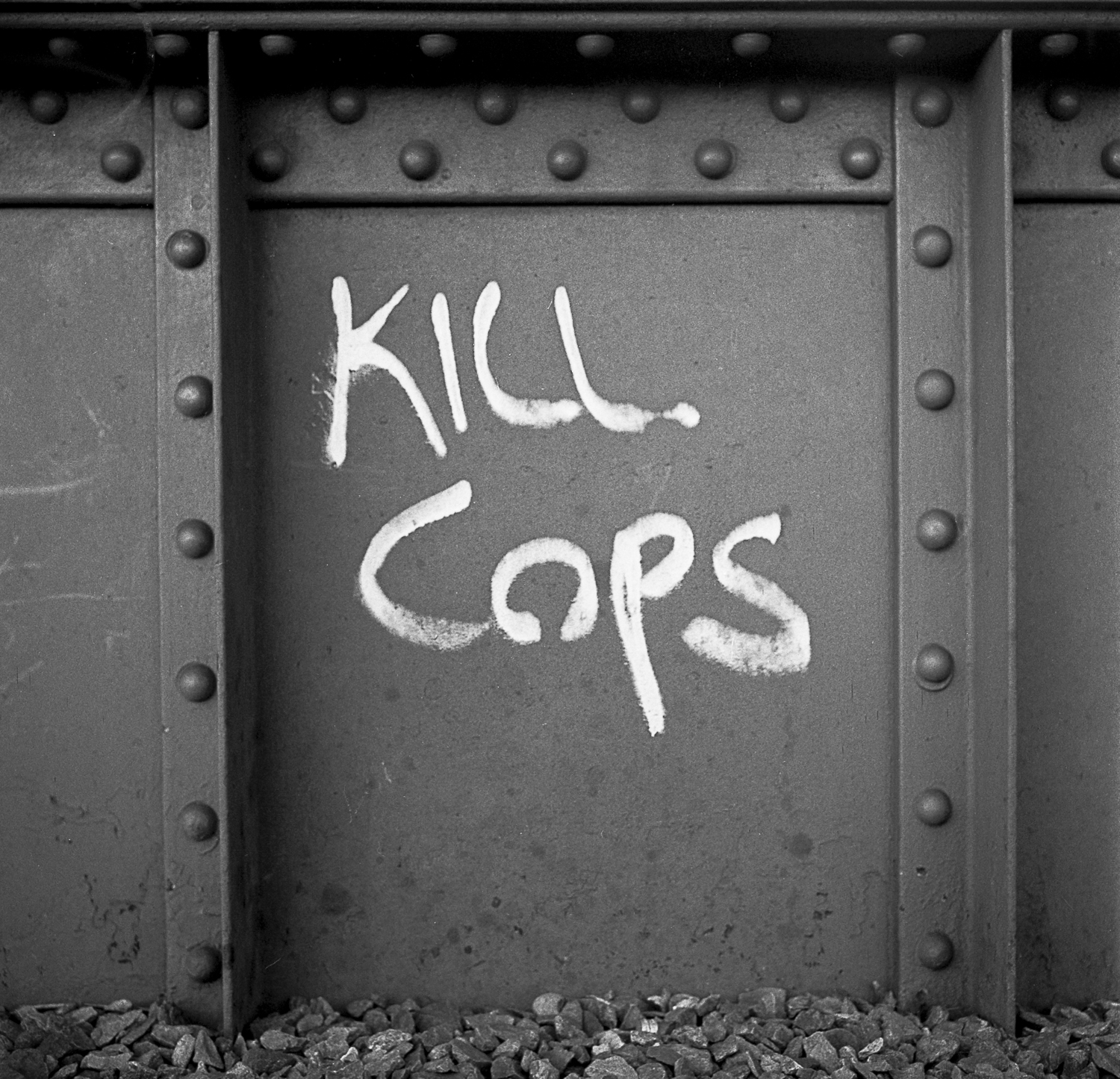The graffiti in Bowden during the 1980s was often quite blunt and direct with no ambiguity in the message:

I interpreted it as the signs of the increasing emphasis on law and order as a response to the local residents /industry politics, and to the repression directed at those who were thrown on the industrial scrapheap with little hope of finding a job.
Some of the graffiti politics was of a more conventional kind in South Australia–an anti-nuclear politics that wanted to keep uranium in the ground. The movement’s politics aimed to halt Australia’s uranium mining and exports, abolish nuclear weapons, remove foreign military bases from Australia’s soil, and create a nuclear-free Pacific.

Nuclear issues were big issues at the time. There was still the Cold War with its stockpiling of nuclear weapons going on between the United States and the Soviets, and there was a growing concern about the safety of nuclear power. The Ranger and Narbarlek uranium mines in Arnheim Land in the Northern Territory, which had started operations in the late 1970s, were joined by Olympic Dam in South Australia, the world’s largest uranium deposit, in the 1980s.
Uranium mining was a political issue throughout the 1980s, with the Hawke Labor government restricting it to existing mines—the so-called three mines policy. After the Coalition won office under John Howard in 1996, the Beverley and Honeymoon uranium mines, both in South Australia, began operation. In 2007, the Labor Party abandoned the three mines policy.
Leave a Reply